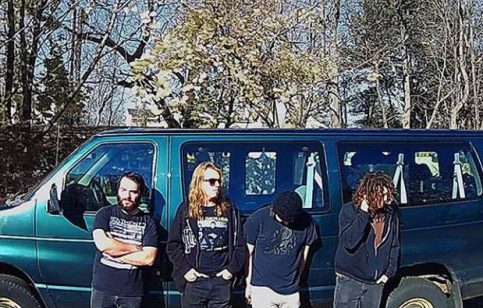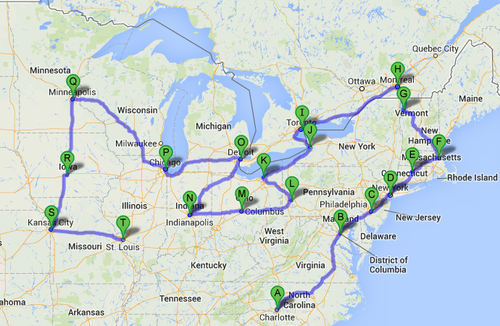One thing that many bands who are just starting out have to learn from experience is how to plan a tour properly. Planning a DIY tour can be really easy for a band that's just getting started, but many artists jump in head first without doing research on how to properly execute a tour. Obviously, there are huge indie bands out there - we'll be talking about bands who play shows with venues under 200 cap and local support at each show, rather than an established tour package. We hope this series will help you take your show on the road and return home safely, on time, and maybe even with money in your pocket.
You may have heard of Pomplamoose losing over $10,000 on a one month tour with $100,000 in ticket sales, as well as the responses from several bands like Endast and Old Man Gloom plus industry insiders explaining just what the band did wrong. The tours we're discussing will be even smaller than these, but the articles linked above still make for good reading.
Getting Started
To start off planning a DIY tour, you need to decide:
- How long the tour will be (in weeks)
- How many shows you want to play
- What types of venues you want to play.
You may think "why do we have to know how many shows we want to play if we know each week is seven days?" You need days off, either for driving or for rest. Playing a show every night and driving all day gets exhausting. I would recommend at least one off day each week, but if you have long drives several days in a row (I'm looking at you, Texas), I'd suggest having driving days. As to venues, at this level your choices are pretty much limited to teen centers (great for punk, rock, and metal), bars (most types of music depending on the bar), and coffee houses (indie, singer/songwriter, acoustic). Don't forget basements and backyards, though! For your first tour I suggest a length of no more than one to two weeks so you can get a feel for life on the road.
Routing
Once you know how many shows you want to play, you need to figure out how far you can go. Either print out a map and pencil in your route or use an online map as a more exact tool. Google Maps limits you to 10 points on a map (the screenshot below is from the old version of Google Maps, which is no longer available). If you need more than 10 points on your map, MapQuest will allow you up to 26. They can even help you find the most efficient order of stops!
You will definitely end up making a few drafts of the map as you try to fit in the cities you want to play. Make sure none of the drives are too long, or you'll have to plan a driving day. Those suck, and cost money. Here's an example of a tour route I put together - this was the second month of the tour, the first month was the west coast down through the southwest and south.
Next Steps
Once you have all of the information above figured out, you can put together an accurate budget. We'll talk about budgets in part two of this series, coming soon. If you have any questions about this week's post, please leave a comment! Oh, any if you haven't read it yet, check out this easy guide on selling merch for your shows!



